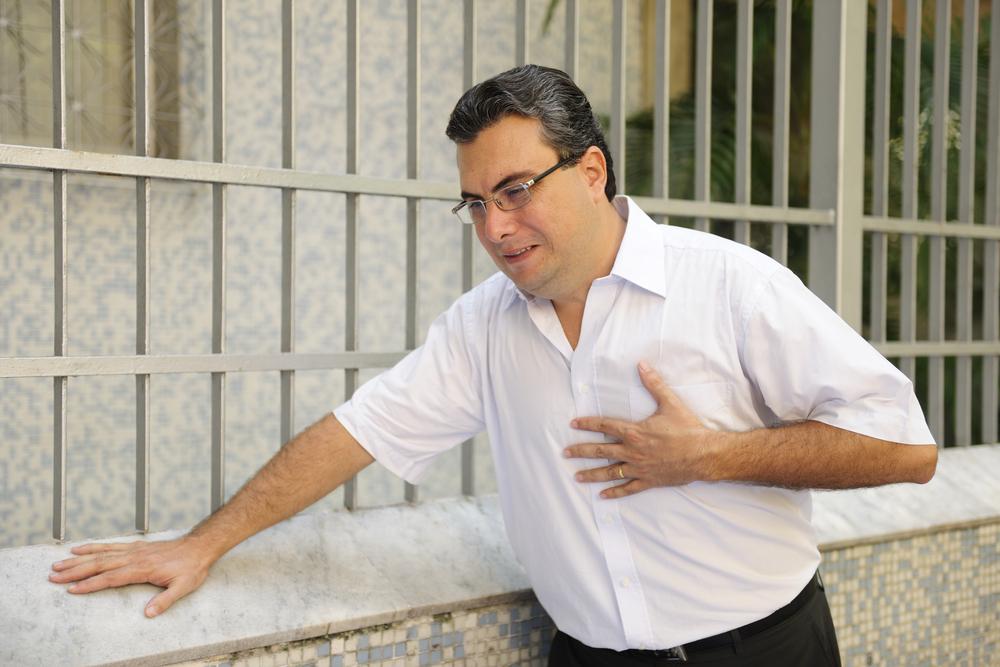Ways to prevent and identify a stroke
Stroke never comes without warnings and signs. If you pay attention, you will notice signs such as face drooping, difficulty in speech, and weakness in the arm that occurs before a person gets a stroke attack. Getting immediate medical help should be the priority when you notice any of these signs. A stroke is like an accident that takes place in the brain, the medical term for that accident is cerebrovascular accident (CVA). The brain loses its blood supply and the brain cells become blood deprived, and this is when a person gets a stroke. Along with the signs, there are some risk factors of a stroke and everyone needs to be aware of how to identify and prevent strokes attacks.

High blood pressure and high cholesterol levels are the most common risk factors for strokes. Here are the things that cause high blood pressure and cholesterol:
High blood pressure
Another word for high blood pressure is hypertension. When the blood pressure is more than 140/90, the person has high blood pressure. It becomes severe when the pressure is more than 180/120. High blood pressure is dangerous and can lead to stroke and heart attack. Hypertension causes damage to brain by causing transient ischemic attack, dementia, and mild cognitive impairment other than just stroke. Being overweight or obese, being lazy, and not having any physical activity leads to high blood pressure.
High cholesterol
High cholesterol is one of the risk factors of a stroke. Things that lead to high cholesterol are poor diet, obesity, smoking, and diabetes. Things that cause high cholesterol also cause high blood pressure. Changing your diet and lifestyle for the better will help you prevent yourself from all risk factors of a stroke.
Knowing the risk factors can help you become aware of things that lead to a stroke and knowing the signs of a stroke can help you identify it so the required medical treatment can be given to someone quickly. Some signs of a stroke are covered in the FAST method:
F – face drooping
A – arm weak
S – speech difficulty
T – time to call for medical help
If these signs are seen in a person, it is highly likely that he or she is having a stroke. Taking the right decision in time becomes important in such cases.
There are many other signs of a stroke such as muscle stiffness, involuntary eye movements, memory loss, behavioral changes, severe headache, overall weakness, and more. When there are more than one such symptoms, it should be taken as signs of a stroke.
There are some lifestyle changes that stroke survivors need to adapt to prevent themselves from getting another stroke and to maintain the healthy life post that stroke. It is highly necessary that diet and lifestyle are given importance for better health in the future.

